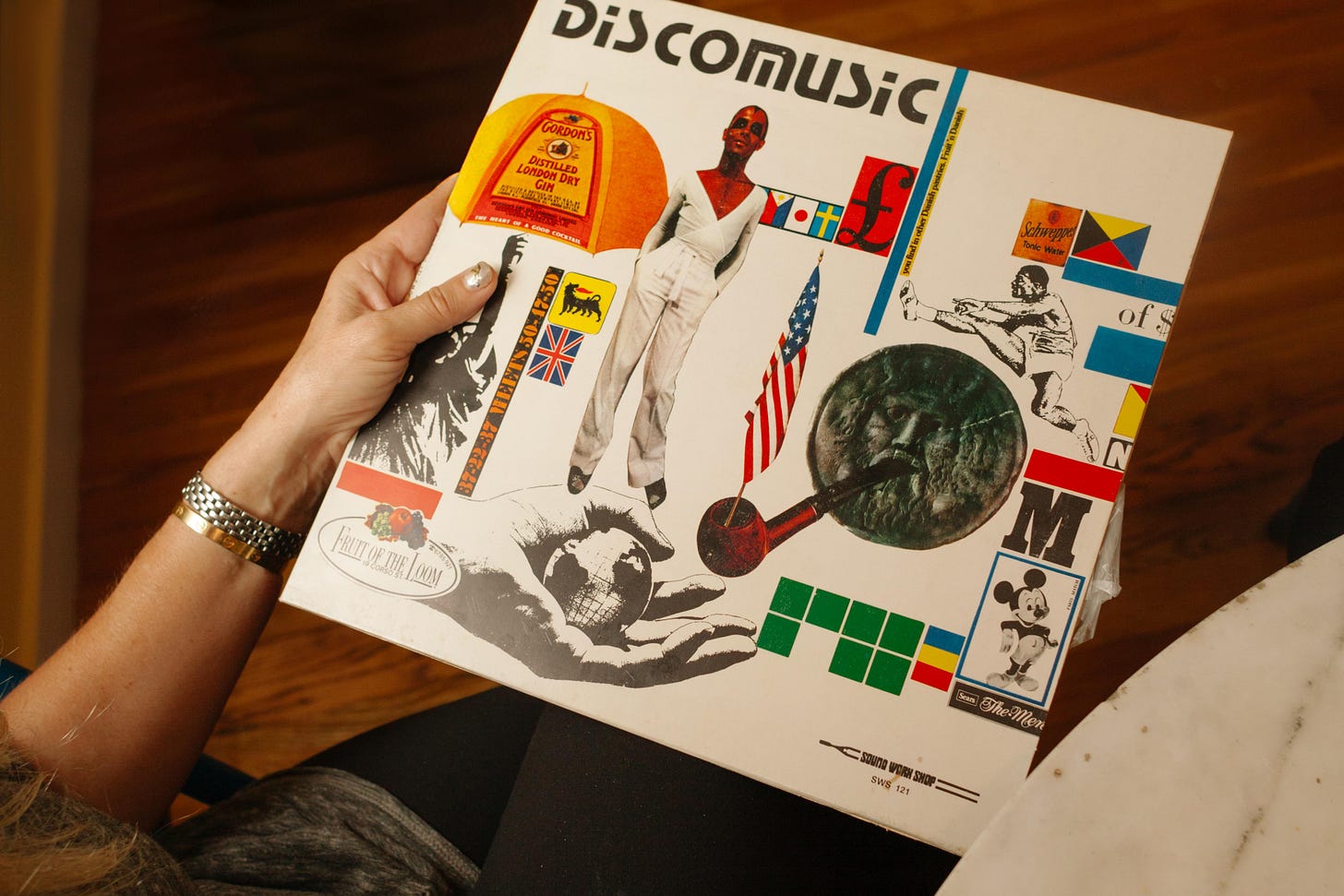Discomania: When Piero Umiliani Experimented with Disco
A 1978 library record marks legendary composer Piero Umiliani’s bold step into disco, as told by his daughter Elisabetta.
By 1978, disco had firmly planted its mirrorball-shaped roots across the world, from Studio 54 to the streets of Rome. That same year, Italian composer Piero Umiliani, best known for his jazz-infused film scores and the global hit Mah Nà Mah Nà, released a curious and compelling library music album titled Discomusic. Issued under the pseudonym The Soundwork-Shoppers, the album was a limited-run experiment in jazz, easy listening, and disco. Its standout track, Discomania, would go on to achieve cult status. This, however, did not happen on the dancefloor, but on sports tv: it was chosen as the theme song of the beloved Italian sports TV show Novantesimo Minuto.
We met his daughter Elisabetta Umiliani in New York City. Together with her sister Alessandra, they are keeping their father’s legacy alive, introducing new generations to the eclecticism and experimentation he was known for.
“Dad and disco music wer…




